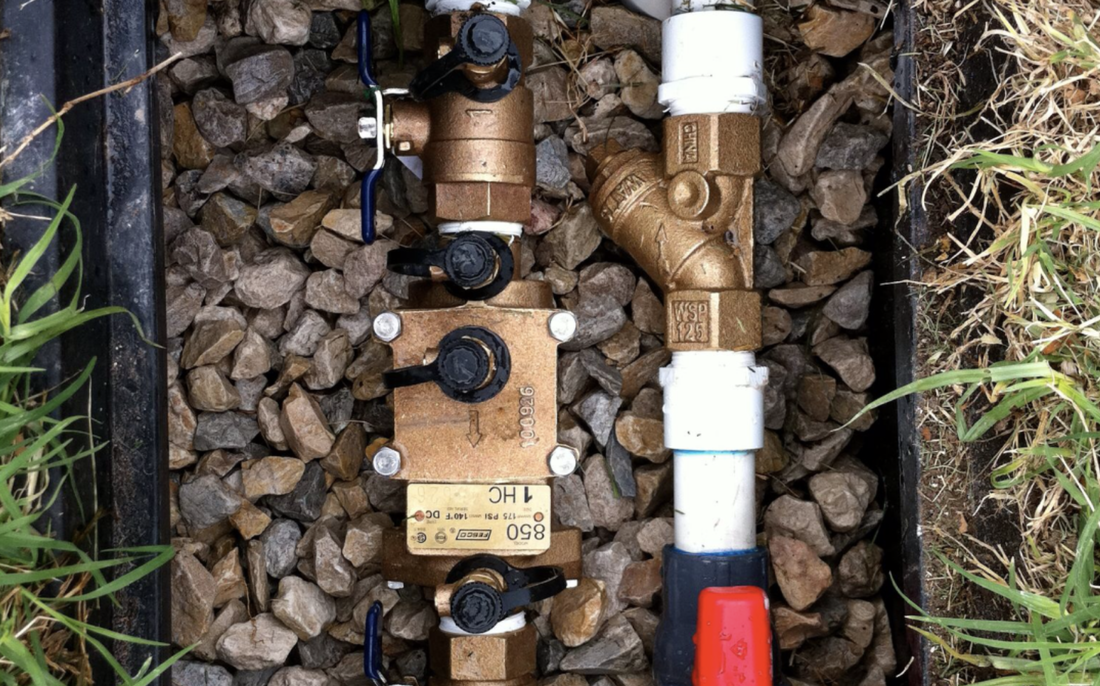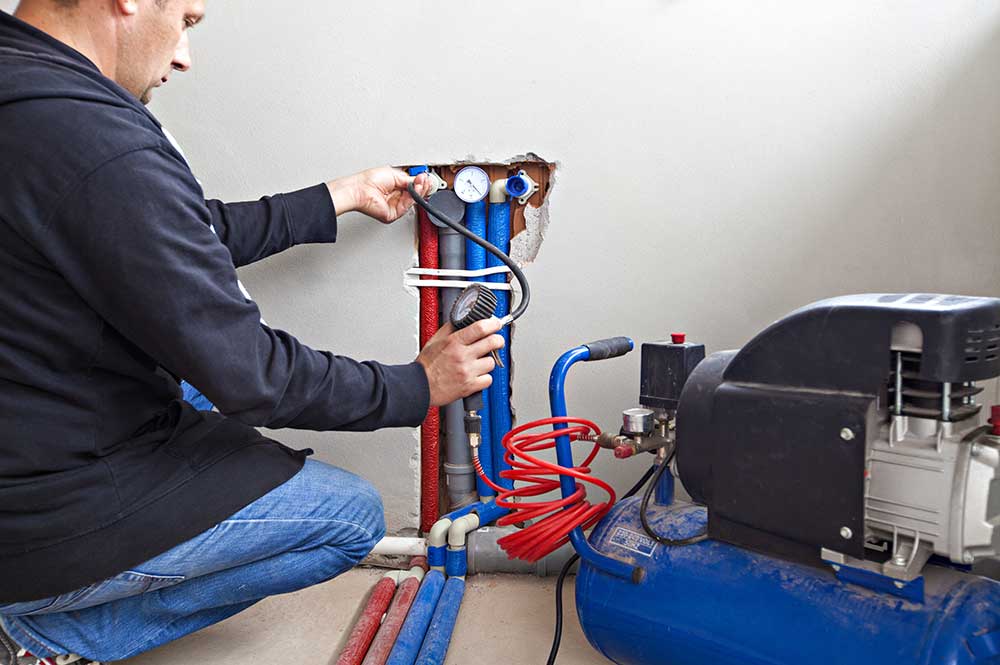Do I Have to Backflow Test My Water
Do I Have to Backflow Test My Water
Blog Article
What're your ideas with regards to Backflow Prevention?

Yes, you require to backflow examination your home's water supply to guarantee that the water is free of toxic substances and unsafe levels of chemicals. As a result of the equipment required as well as room for mistake, you ought to not try to carry out heartburn screening on your own. We recommend that you call a professional plumber every couple of years to test your water.
Heartburn Can Influence Both You as well as Your City
Lots of cities establish backflow standards due to the fact that hazardous backflow can influence the general public water system in addition to a solitary building. Modern cities have backflow tools in place that shield the water supply that comes from most houses and also commercial residential or commercial properties. The actual risk originates from irrigation systems, which can harm the water supply with hazardous fertilizers, manure, and also various other chemicals.
What Creates Heartburn?
A normal source of heartburn is a loss of water pressure that causes the water to siphon back into the water supply. An instance is clearing out a paint container using a hose. You load the paint container up with water, leaving the hose pipe in the pail. After a long time, there is a loss in water pressure and also the hose pipe starts to suck the water back right into the water system. As you can picture, there are currently chemicals from the paint that are entering the water, potentially presenting a threat. Regrettably, many people are not even knowledgeable about heartburn testing, however there are several reasons why it's so vital.
Backflow Screening is Called For by Legislation in Certain Cities
Relying on where you live, you might really be required by law to backflow examination your law. Iowa City keeps a record of all homes served by the city's water supply. The city requires that certain "high-hazard" facilities undergo heartburn testing. In some cases, properties such as homes and also apartment are impacted.
You Can Stop Heartburn
The main function of a backflow gadget is to prevent water from flowing in reverse into your water supply. Plumbing professionals set up the device on the pipes in your residence to guarantee that the water only moves in the correct direction.
What is Heartburn?
Basically, heartburn is when water moves upwards-- the contrary instructions in the plumbing system. This is additionally referred to as "backpressure." When the water moves in this instructions, it can blend with hazardous toxic substances and also pose a risk.
Call a Plumber to Examine for Heartburn Prior To It is Far too late
While it might appear grim, infected water can lead to terrible bacterial as well as viral infections that are tough to deal with. A plumbing business can swiftly examine your house's water to identify if there are any dangerous chemical levels. If you can prevent the suffering that comes from consuming infected water, the tiny financial investment is. And also if you do discover that your water has high degrees of toxic substances, a plumber can conveniently install a backflow avoidance tool.
Yes, you need to backflow test your home's water supply to make certain that the water is complimentary of toxins and also dangerous levels of chemicals. Lots of cities establish backflow guidelines since dangerous backflow can influence the public water supply in addition to a single structure. A common cause of heartburn is a loss of water pressure that causes the water to siphon back right into the water supply. After some time, there is a loss in water pressure and the hose pipe begins to draw the water back right into the water supply. The major objective of a heartburn tool is to prevent water from moving backward into your water supply.
WHY DOES BACKFLOW TESTING NEED TO BE DONE EVERY YEAR
What Is Backflow?
Toxic gas backing up into a building is one example of potential backflow issues, but backflow can occur in many other ways.
Backflow is generally referred to as the reversal of a liquid or gas in a plumbing system.
Most issues for the public occur with backflow resulting in contaminated drinking water. If you look up backflow issues online you’ll probably find references to “potable” water. That means drinking water.
There have been backflow issues in the past with drinking water. Chemicals, sewage and other contaminants have found their way into drinking water causing health issues for those that count on the fresh water.
What Causes Backflow?
In a residence or commercial building water generally flows one way. This normal flow is usually driven by consistent pressure in the water and waste system.
Anything that changes the normal pressure in the system can lead to backflow.
Fire hydrant use or malfunction can reverse the normal pressure in the system on a city line, but backflow can occur in a number of different ways.
Sometimes backpressure might be caused by someone using a garden hose and submerging the end of the hose in a pool of liquid. If pressure is lost the flow could reverse and contaminants could be released into the drinking water.
Anytime there is a connection between contaminants and the drinking water there is potential for a backflow issue. Sometimes these connections are not immediately obvious like the garden hose connecting to a building’s drinking water supply.
Backflow Regulations
The Environmental Protection Agency (EPA) provides guidelines and regulations for state and local governments regarding backflow. State and local governments also have their own guidelines and regulations for backflow prevention.
Arizona has its own backflow regulations.
Due to issues with backflow in the past, regulations require backflow preventer devices to be used in nearly all residential and commercial buildings.
A backflow preventer is a device that prevents backflow as cross-connection points where potential backflow issues may occur.
While backflow is not a common occurrence, preventers are in place to make sure there is no contamination should something malfunction or go wrong with a building’s water supply.

I came across that write up on What is Backflow Testing? when doing a lookup on the internet. Sharing is good. One never knows, you might be doing someone a favor. We treasure reading our article about Backflow Prevention.
Free Estimate Report this page